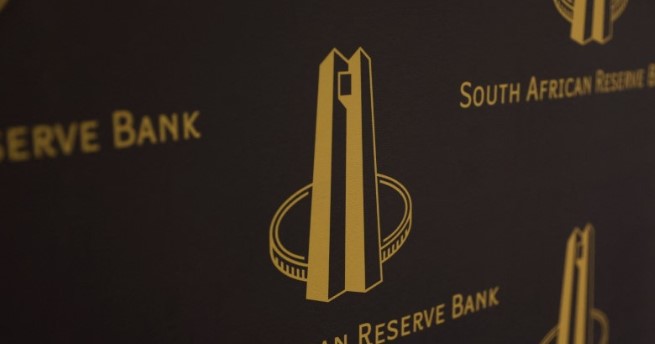Is there a secret to longevity? This health expert says 1,000% yes
In the era of social media, post-COVID, and with mental health at the forefront, a shift is taking […]

The South African Reserve Bank (SARB) is poised to lower interest rates for the first time in over two years, potentially reducing the rate by 25 basis points to 8.00% on September 19th, as per a recent Reuters poll of economists. This expectation aligns with a previous poll’s results from last month, signaling a shift in the bank’s monetary policy stance.
Up until now, SARB has maintained a stringent monetary policy in Africa’s second-largest economy, primarily to combat inflation, which slowed to 5.1% in June. The anticipated rate cut is expected to coincide with the U.S. Federal Reserve’s expected commencement of its own rate reduction cycle after a prolonged period of holding the federal funds rate steady.
During the SARB’s Monetary Policy Committee meeting in July, a rare division of opinion emerged, with four members supporting the current rates and two advocating for a 25-basis-point cut. A Reuters poll conducted between August 6th and 14th revealed that 19 out of 26 economists anticipate a 25 bps reduction to 8.00% on September 19th, with another similar cut expected in November, bringing the rate to 7.75%.
Looking ahead, economists predict that the rate-cutting trend will continue into the first quarter of next year, with two additional 25-basis-point cuts forecasted for January and March, followed by another in May. This would bring the rate to 7.25%, where it is expected to remain for the rest of the year. A further minor reduction to 7.00% is anticipated in 2026.
David Ojomolo, an Africa economist at Capital Economics, highlighted South Africa’s uneven economic recovery. While retail sales and manufacturing are on the rise, the crucial mining sector remains sluggish. However, Ojomolo believes that easing electricity shortages and the forthcoming interest rate cuts could help the economy recover, leading to modest growth for the remainder of 2024 and into 2025.
Persistent power shortages from the state utility have hindered growth in South Africa, posing significant challenges for small businesses in planning and job creation. As a result, economic growth is forecasted to reach 0.9% this year and 1.6% in 2025, slightly lower than previous projections. Additionally, South Africa’s unemployment rate climbed to 33.5% in the second quarter of 2024, up from 32.9% in the first quarter.
Beyond South Africa, the European Central Bank is also expected to make further rate cuts in September and December, following a reduction in June. In contrast, central banks in Namibia and Zambia have taken divergent paths, with Namibia cutting its main interest rate by 25 basis points, while Zambia has held rates steady due to inflationary pressures from drought conditions.
This forecasted rate cut by SARB, along with the easing of power shortages, may signal a turning point for South Africa’s economy. While challenges remain, these developments offer a glimmer of hope for businesses and individuals looking to navigate the nation’s economic landscape.

In the era of social media, post-COVID, and with mental health at the forefront, a shift is taking […]

With its fast speeds and revolutionary potential, 5G stands out as a noteworthy milestone in the field of […]